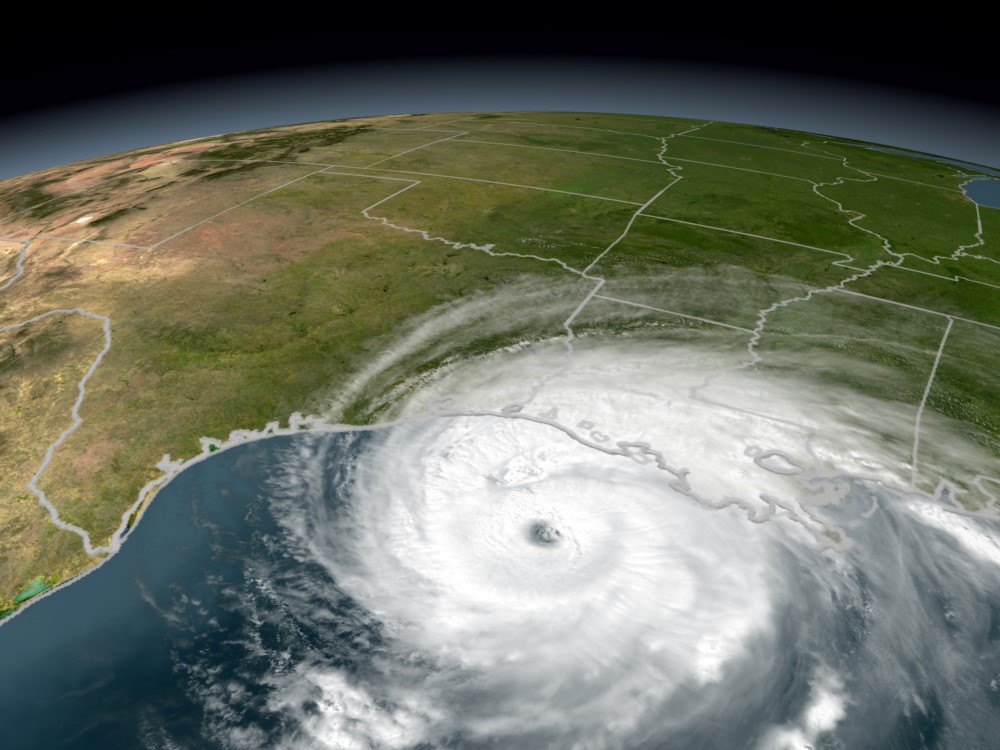Hurricane Beryl’s impact on Houston and Louisiana has underscored the importance of stronger resilience in the supply chain and logistics industries. The storm's damage to infrastructure, from ports to highways and railroads, has made it clear just how important it is to stay flexible and adaptable. One of the heroes in this chaotic time has been transloading, a key solution helping shippers keep things moving smoothly despite the disruptions.
Transloading: Your Supply Chain Lifesaver
So, what’s transloading? It’s the process of transferring goods between different transportation modes—usually from rail to truck or vice versa. This flexibility is a game-changer, especially in hurricane-prone areas like Houston and Louisiana, where transport infrastructure can take a serious hit.
Rerouting Made Easy:
Hurricane Beryl showed us the dangers of depending on just one mode of transportation. Flooded roads and rail lines can stop shipments, but transloading offers a lifeline. By shifting cargo from damaged rail networks to operational truck routes (or vice versa), shippers can dodge the bottlenecks caused by the storm.
Extra Storage Space:
When hurricanes hit, storage facilities near ports and rail yards are often severely impacted. That’s where transloading terminals come in. These facilities, often located inland, provide additional storage capacity. They not only help with transferring goods but also act as temporary storage hubs, keeping your goods safe until the primary transport routes are back up.
Speedy Recovery:
In disaster scenarios, every minute counts. Transloading lets shippers respond faster by avoiding damaged infrastructure. Essential recovery goods—like building materials, medical supplies, and food—can be quickly transferred to the most efficient transport mode available, ensuring they get to the affected areas without unnecessary delays.
Why Transloading is a Must-Have for Shippers
Reduce Your Risk:
If you’re shipping goods in hurricane-prone areas, you need transloading in your logistics toolkit. Diversifying your transport modes and using transloading facilities can reduce your dependency on any single mode of transportation, which is crucial for maintaining your supply chain’s integrity during natural disasters.
Save Money:
Transloading might seem like an extra step, but it can save you money in the long run. Being able to switch transport modes helps you avoid the higher costs that come with delayed shipments, damaged goods, and emergency freight services. Plus, transloading can optimize load sizes, cut transportation costs, and improve overall efficiency.
Scale Up When You Need To:
Transloading helps you scale operations based on demand fluctuations, which are common during disaster recovery. By leveraging the flexible capacity of transloading facilities, you can handle surges in demand for essential goods and ensure timely delivery. This scalability is especially crucial after hurricanes when supply chain demands can spike unpredictably.
Tips for Shippers
Plan Ahead:
Make transloading part of your disaster preparedness plans. Establish relationships with reliable transloading service providers beforehand to ensure you’re ready when disaster strikes. Keep these plans up to date with the latest infrastructure and weather data to enhance resilience.
Stay Tech-Savvy;
Invest in technology that gives you real-time visibility into your supply chain operations. Advanced tracking systems and data analytics can help you make smart decisions about when and where to transload. This visibility ensures you can respond dynamically to disruptions and optimize your logistics in real-time.
Team Up with Partners:
Collaboration is key. Work with logistics partners, including railroads, trucking companies, and transloading facilities, to ensure a coordinated response during emergencies. Strong partnerships make transitions between transport modes smoother and enhance overall resilience.
Facing the Aftermath of Hurricane Beryl
Hurricane Beryl hit Texas hard, making landfall as a Category 1 hurricane with nearly 80 mph winds. It knocked out power for over 2.5 million homes, flooded highways, and scattered debris, disrupting lives, businesses, and logistics operations. Railroads were particularly impacted, with many rail lines being flooded or blocked by fallen trees and other debris, causing significant delays.
The storm initially halted all freight modes, with ports like Brownsville, Corpus Christi, and Galveston shutting down temporarily. The Port of Houston took a bigger hit and remained closed longer to assess damage and make repairs. However, it quickly announced extended gate hours to keep containers moving. Power outages and facility damages primarily affected operations, but the port's quick recovery efforts highlighted the importance of flexible and responsive logistics solutions like transloading.
Conclusion
Hurricane Beryl’s impact on Houston and Louisiana has shined a spotlight on the crucial role of transloading in keeping supply chains flexible and resilient. For those of us in the supply chain and logistics field, recognizing and leveraging the benefits of transloading is essential. It ensures our operations can withstand and quickly recover from natural disasters, protecting our businesses and contributing to broader disaster recovery efforts.
Discover how transloading can add more resilience to your logistics strategy. Click the button below (to schedule time with Martin) or email us at sales@commtrex.com to learn more and start optimizing your supply chain today.

